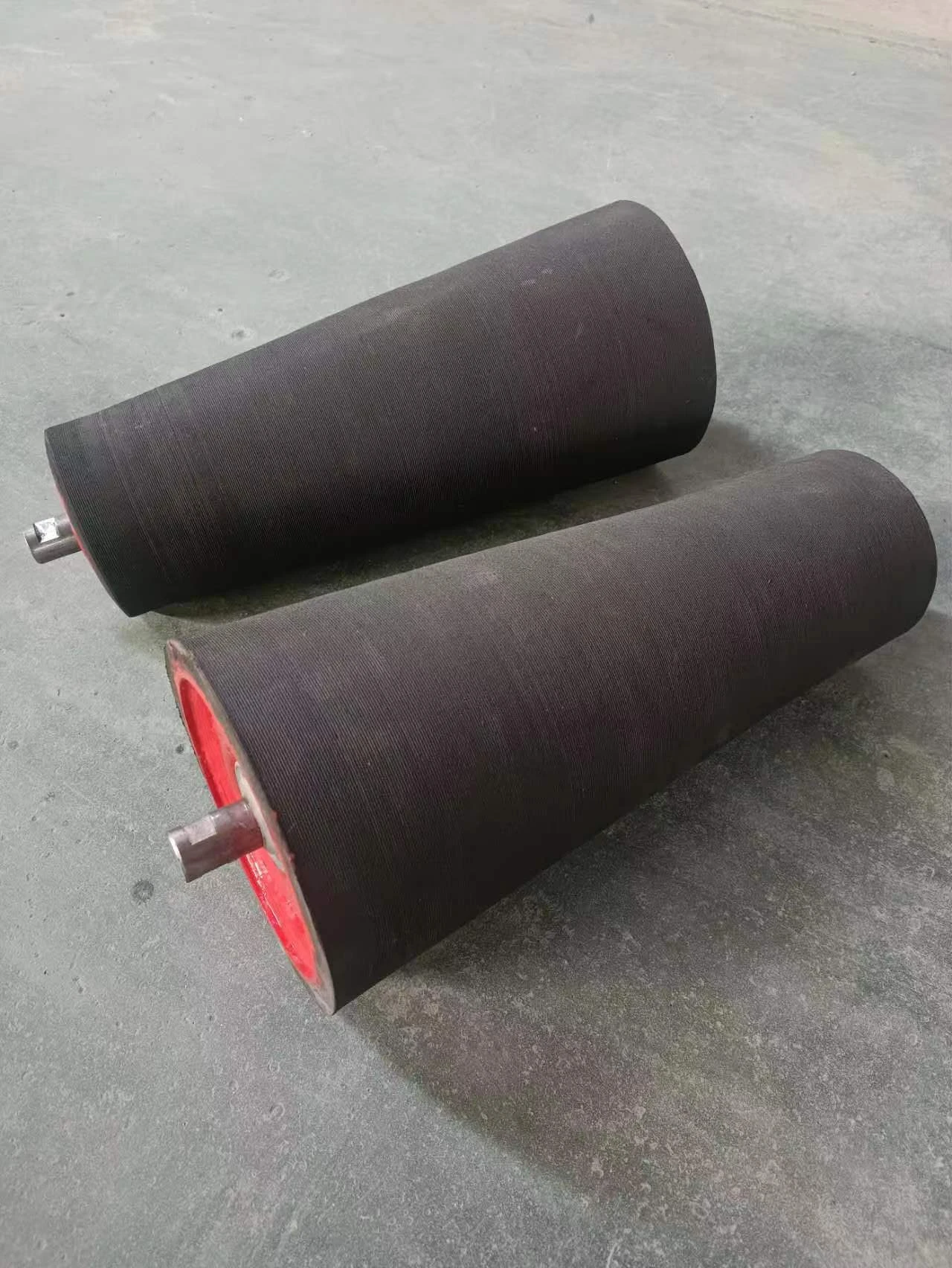 Afrikaans
Afrikaans  Albanian
Albanian  Amharic
Amharic  Arabic
Arabic  Armenian
Armenian  Azerbaijani
Azerbaijani  Basque
Basque  Belarusian
Belarusian  Bengali
Bengali  Bosnian
Bosnian  Bulgarian
Bulgarian  Catalan
Catalan  Cebuano
Cebuano  Corsican
Corsican  Croatian
Croatian  Czech
Czech  Danish
Danish  Dutch
Dutch  English
English  Esperanto
Esperanto  Estonian
Estonian  Finnish
Finnish  French
French  Frisian
Frisian  Galician
Galician  Georgian
Georgian  German
German  Greek
Greek  Gujarati
Gujarati  Haitian Creole
Haitian Creole  hausa
hausa  hawaiian
hawaiian  Hebrew
Hebrew  Hindi
Hindi  Miao
Miao  Hungarian
Hungarian  Icelandic
Icelandic  igbo
igbo  Indonesian
Indonesian  irish
irish  Italian
Italian  Japanese
Japanese  Javanese
Javanese  Kannada
Kannada  kazakh
kazakh  Khmer
Khmer  Rwandese
Rwandese  Korean
Korean  Kurdish
Kurdish  Kyrgyz
Kyrgyz  Lao
Lao  Latin
Latin  Latvian
Latvian  Lithuanian
Lithuanian  Luxembourgish
Luxembourgish  Macedonian
Macedonian  Malgashi
Malgashi  Malay
Malay  Malayalam
Malayalam  Maltese
Maltese  Maori
Maori  Marathi
Marathi  Mongolian
Mongolian  Myanmar
Myanmar  Nepali
Nepali  Norwegian
Norwegian  Norwegian
Norwegian  Occitan
Occitan  Pashto
Pashto  Persian
Persian  Polish
Polish  Portuguese
Portuguese  Punjabi
Punjabi  Romanian
Romanian  Russian
Russian  Samoan
Samoan  Scottish Gaelic
Scottish Gaelic  Serbian
Serbian  Sesotho
Sesotho  Shona
Shona  Sindhi
Sindhi  Sinhala
Sinhala  Slovak
Slovak  Slovenian
Slovenian  Somali
Somali  Spanish
Spanish  Sundanese
Sundanese  Swahili
Swahili  Swedish
Swedish  Tagalog
Tagalog  Tajik
Tajik  Tamil
Tamil  Tatar
Tatar  Telugu
Telugu  Thai
Thai  Turkish
Turkish  Turkmen
Turkmen  Ukrainian
Ukrainian  Urdu
Urdu  Uighur
Uighur  Uzbek
Uzbek  Vietnamese
Vietnamese  Welsh
Welsh  Bantu
Bantu  Yiddish
Yiddish  Yoruba
Yoruba  Zulu
Zulu belt drive pulley types
Understanding Belt Drive Pulley Types
Belt drive systems are a crucial component in many mechanical applications, providing an effective means of transmitting power between shafts. A key element in these systems is the pulley, which serves as a guide and support for the belt. Understanding the different types of pulleys and their applications can help in selecting the right components for specific engineering needs.
Types of Belt Drive Pulleys
1. Flat Pulleys These are the simplest form of pulleys, featuring a flat surface. They are commonly used in applications where the belt does not need to grip around the pulley. Flat pulleys are generally employed in low-speed applications or where precise positioning is not critical. They are often found in basic machinery and conveyor systems.
2. V-Belt Pulleys V-belt pulleys are designed with grooves that allow the V-shaped belt to fit snugly into the pulley. This design enhances grip, reducing slippage and allowing for high torque transmission. They are a popular choice in applications requiring significant power transfer, such as in automotive engines and industrial machinery. V-belts and pulleys come in various sizes and configurations, enabling flexibility in design and performance.
3. Timing Pulleys Timing pulleys feature teeth that precisely mesh with a timing belt. This design is crucial for applications requiring synchronized movement, such as in robotics, CNC machines, and automotive engines. Timing pulleys ensure that the belt doesn’t slip, thereby maintaining the accuracy of the timing system. Their use is particularly prevalent in scenarios where precise timing and reduced backlash are essential.
4. Idler Pulleys Idler pulleys serve to guide and tension a belt without being driven by the belt itself. They are crucial for maintaining the proper tension on a belt drive system, ensuring efficient power transfer while minimizing wear and tear. Idler pulleys can also change the direction of the belt’s path, allowing for more flexible arrangements in tight spaces.
belt drive pulley types

5. Sheave Pulleys Sheaves can be utilized in various mechanical systems, and they often serve specific roles within a belt drive. They can combine features of flat and V-belt pulleys, depending on the application. Sheaves are common in elevators, escalators, and other lifting applications, where they help manage the weight distribution and mechanical advantage.
Selecting the Right Pulley
When choosing a pulley type, considerations such as load capacity, direction of drive, speed, and environmental conditions must be taken into account. Moreover, the compatibility between the belt and the pulley type is critical. The right combination enhances system efficiency, reduces maintenance requirements, and prolongs the lifespan of components.
Proper installation and regular maintenance of pulleys play an essential role in the long-term performance of a belt drive system. This includes ensuring correct alignment, monitoring tension, and replacing worn components before they fail.
Conclusion
Belt drive pulleys are integral to a variety of mechanical operations, working tirelessly behind the scenes to transmit power efficiently. By understanding the different types of pulleys and their applications, engineers and technicians can make informed decisions that enhance the performance and reliability of their machinery. Whether it’s a simple conveyor or a complex automotive engine, the right pulley can make all the difference in mechanical efficiency and operational success.
-
Revolutionizing Conveyor Reliability with Advanced Rubber Lagging PulleysNewsJul.22,2025
-
Powering Precision and Durability with Expert Manufacturers of Conveyor ComponentsNewsJul.22,2025
-
Optimizing Conveyor Systems with Advanced Conveyor AccessoriesNewsJul.22,2025
-
Maximize Conveyor Efficiency with Quality Conveyor Idler PulleysNewsJul.22,2025
-
Future-Proof Your Conveyor System with High-Performance Polyurethane RollerNewsJul.22,2025
-
Driving Efficiency Forward with Quality Idlers and RollersNewsJul.22,2025





























